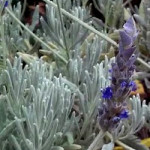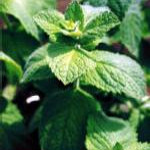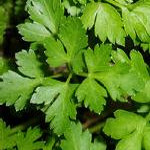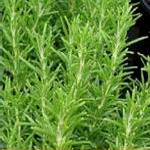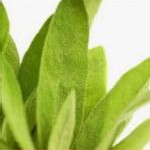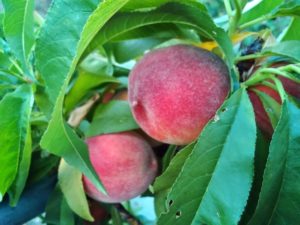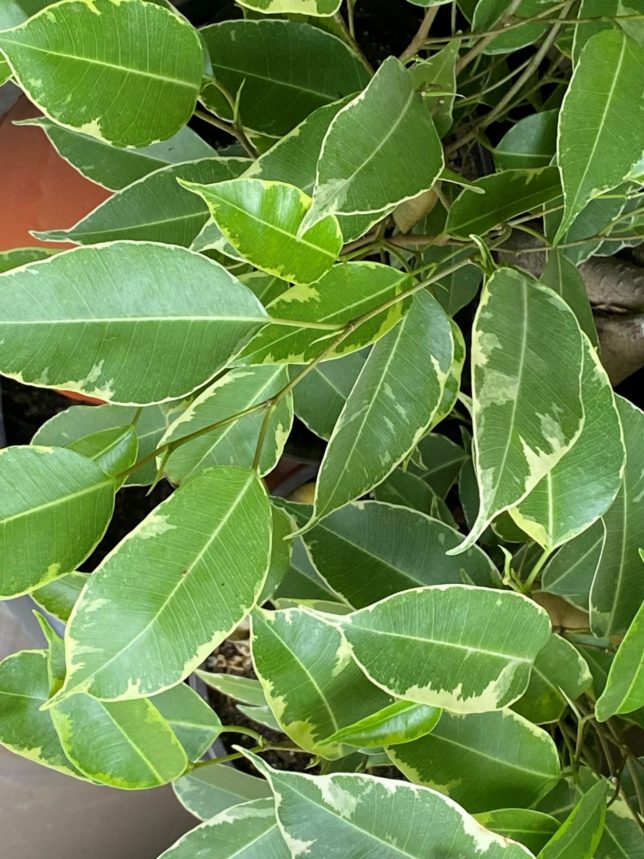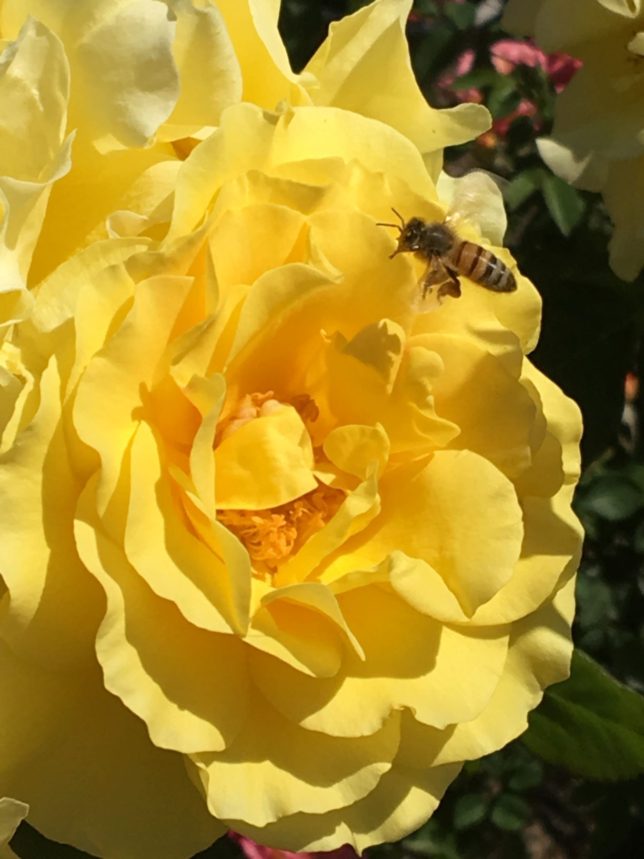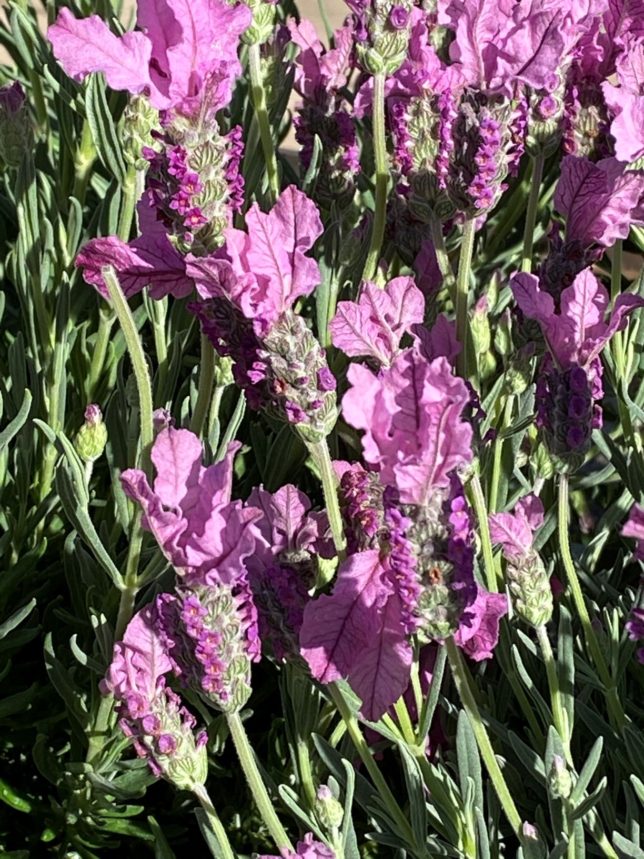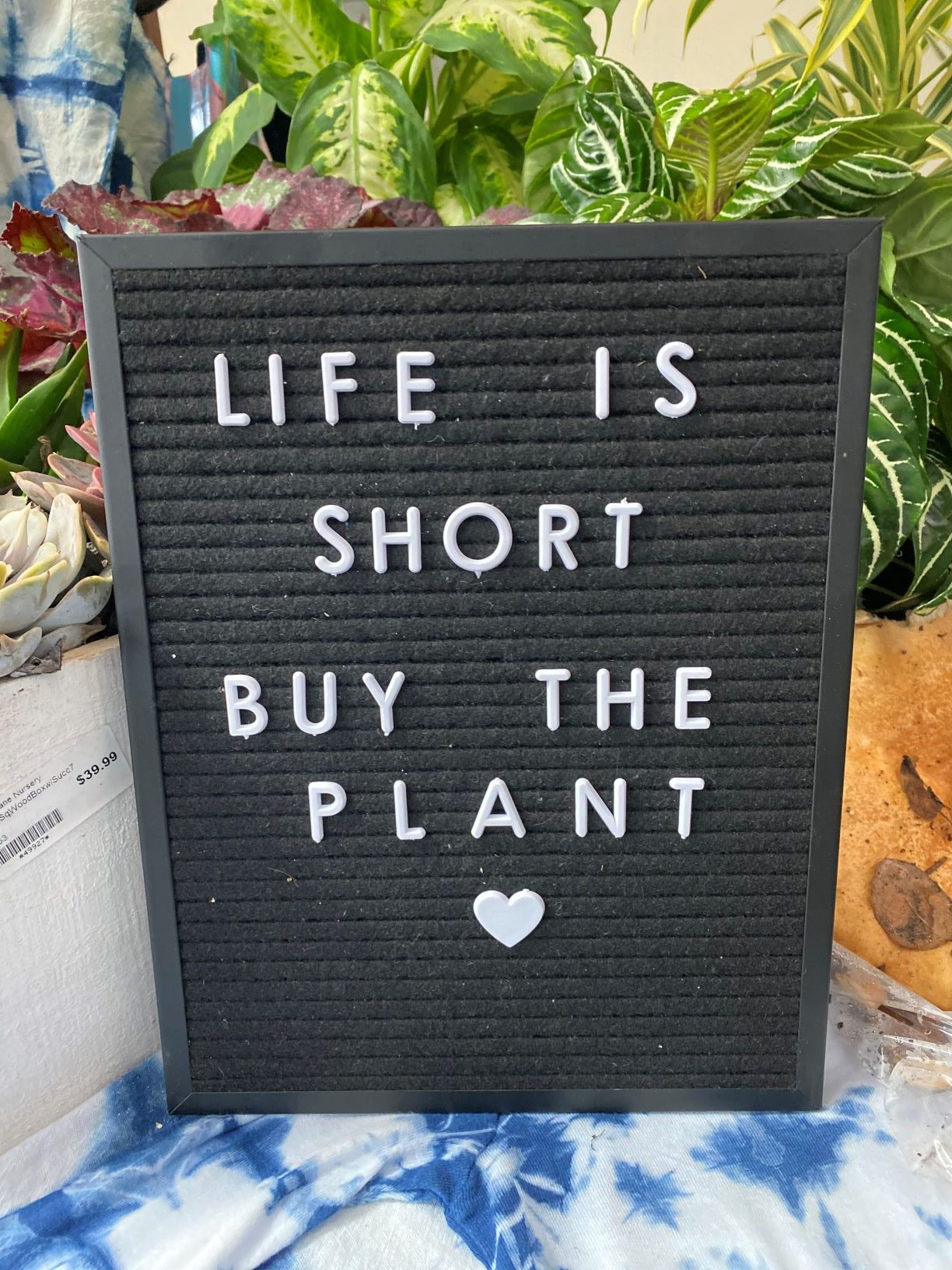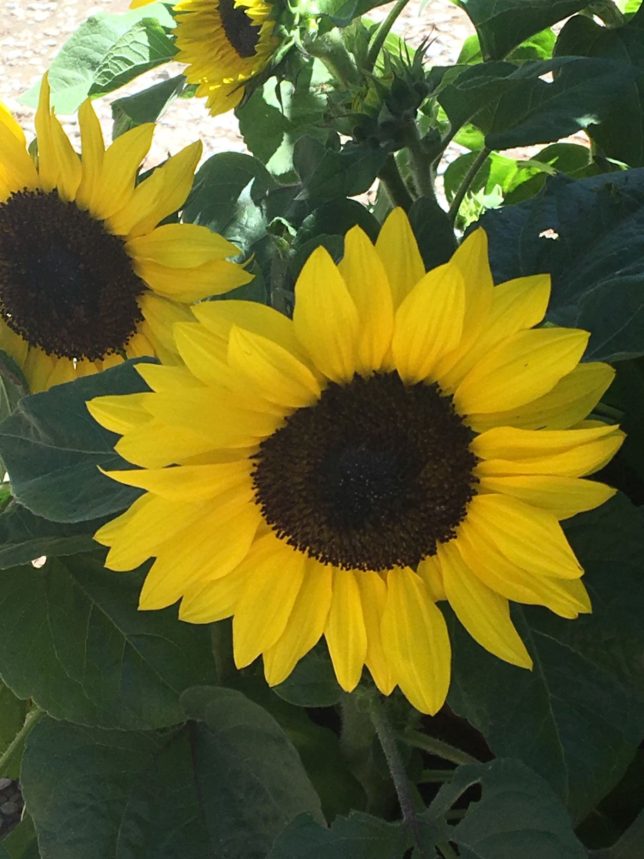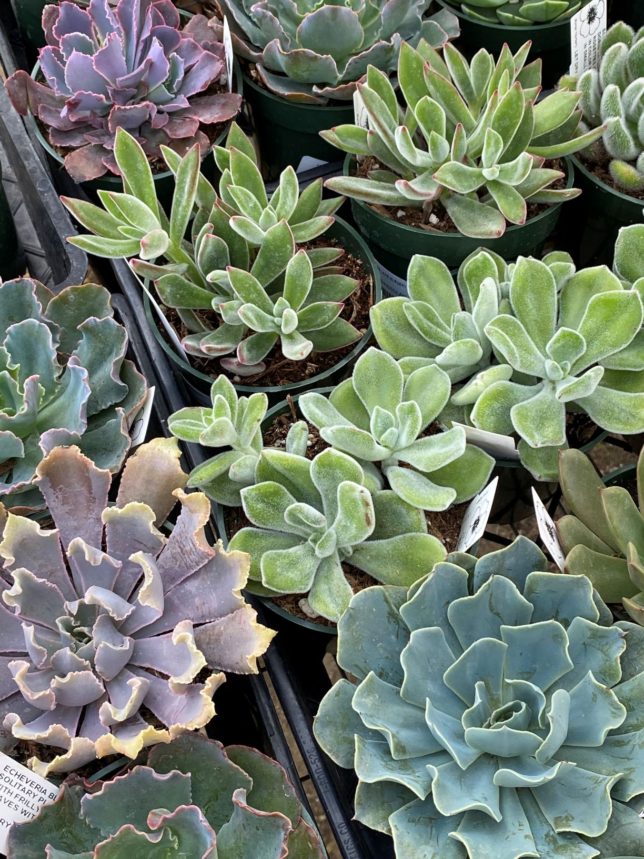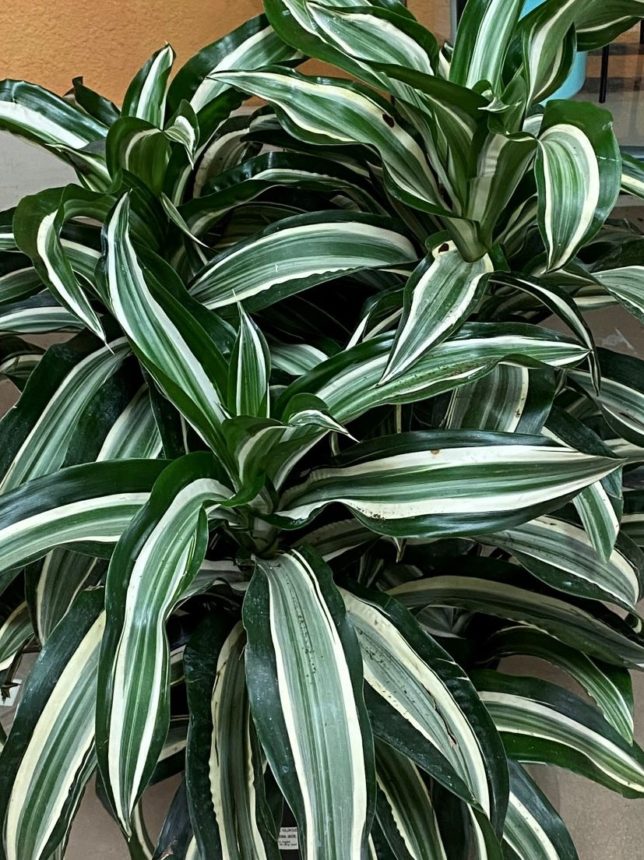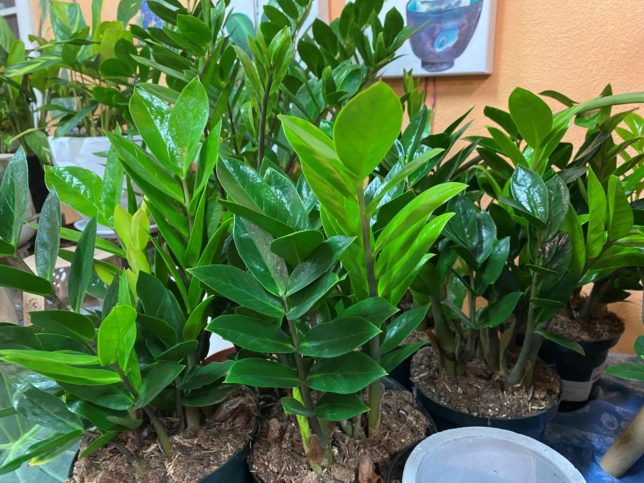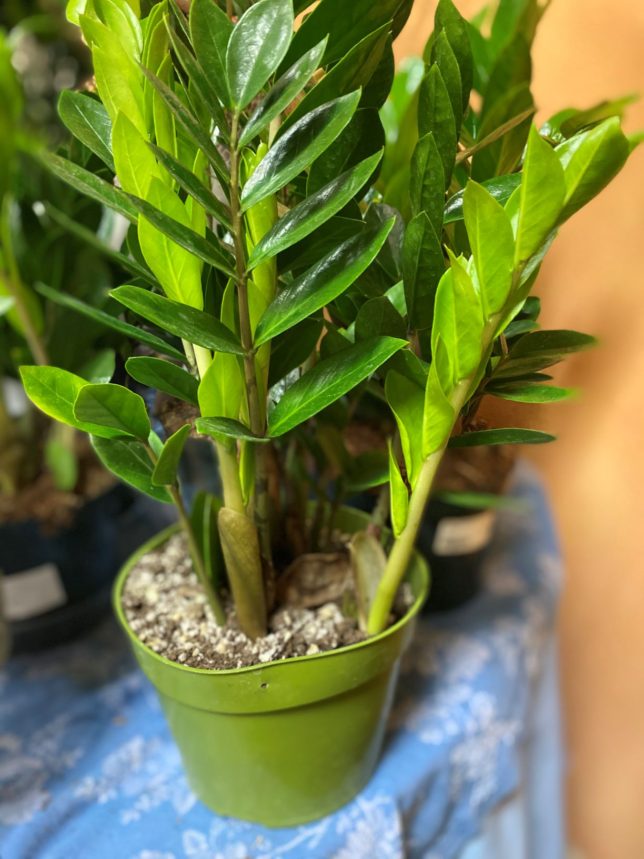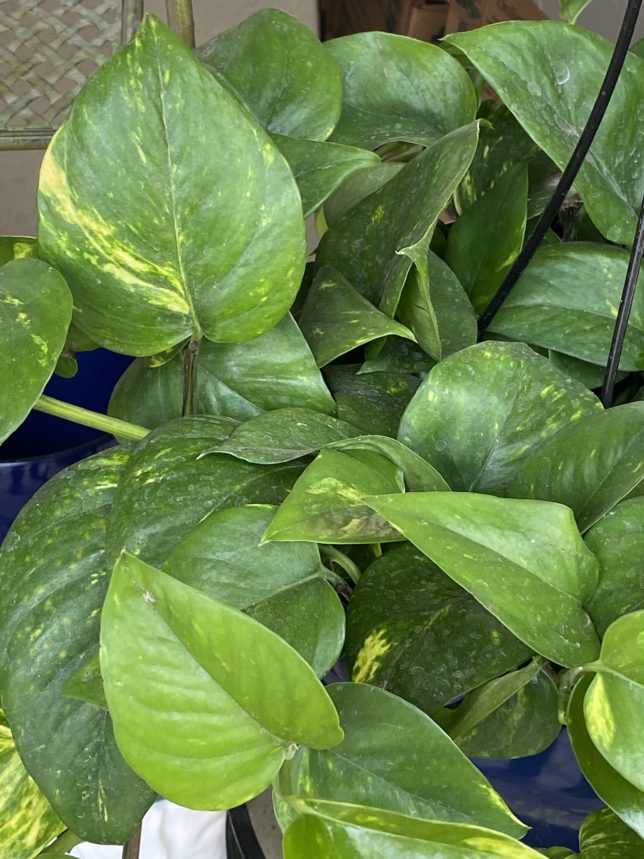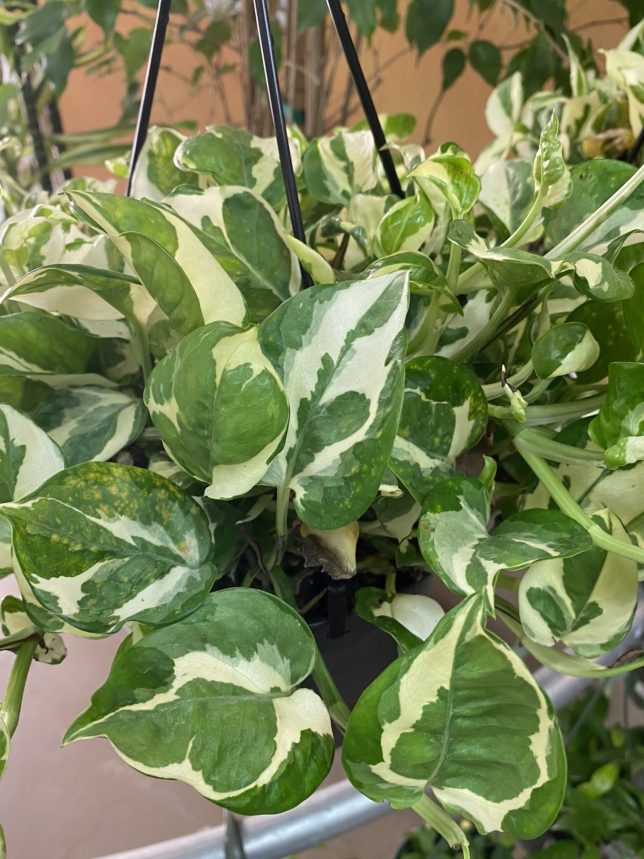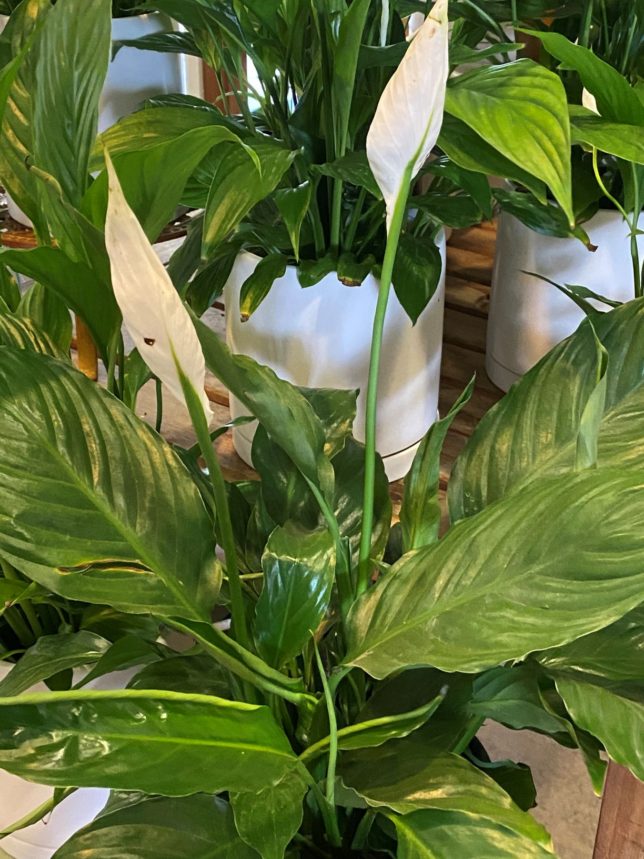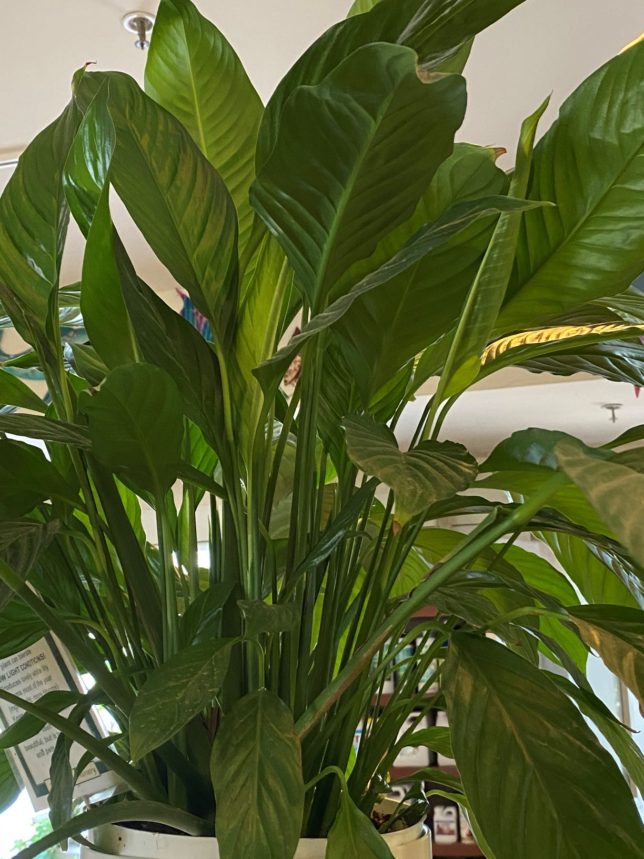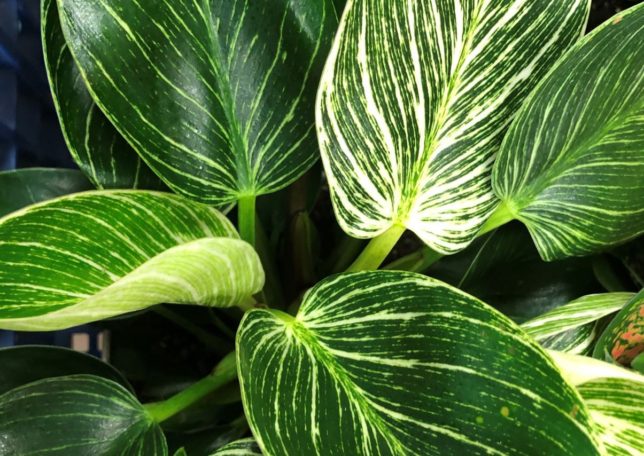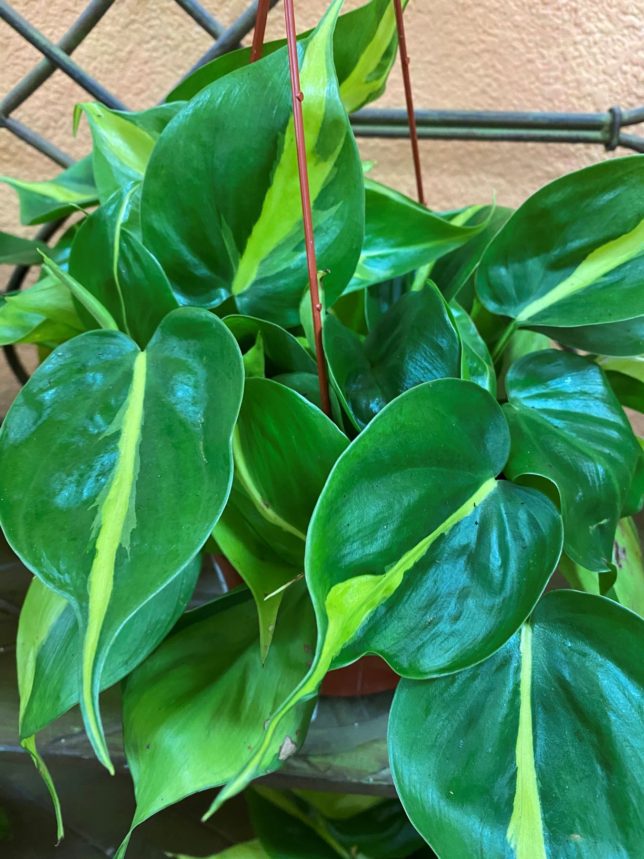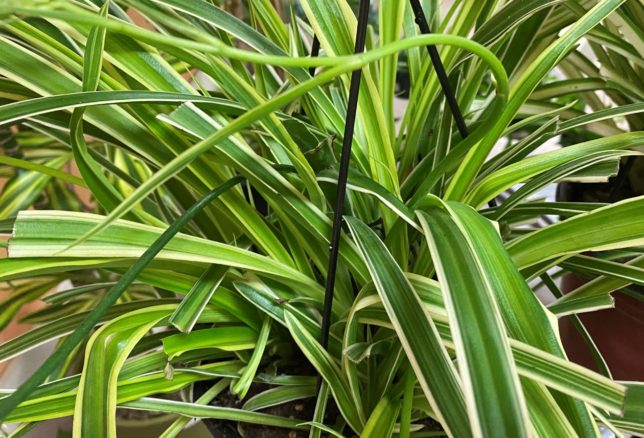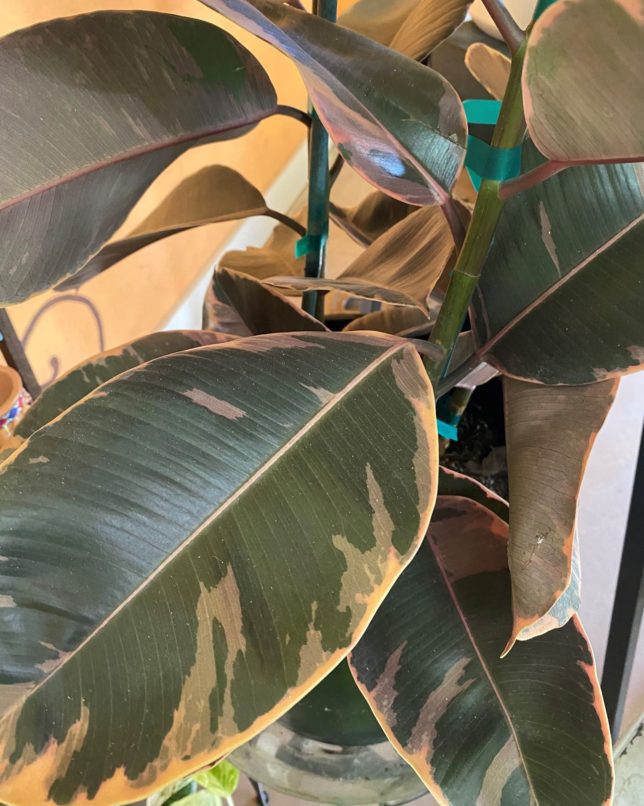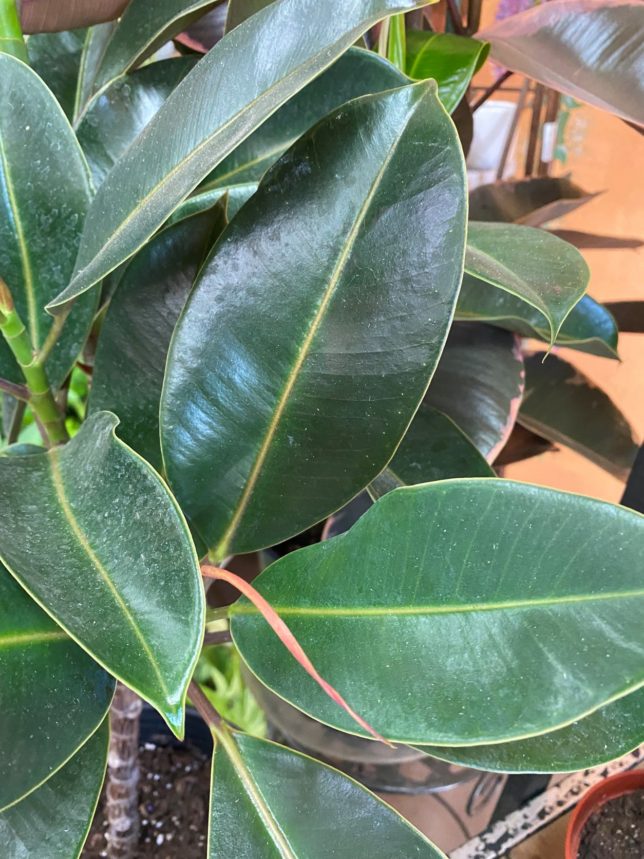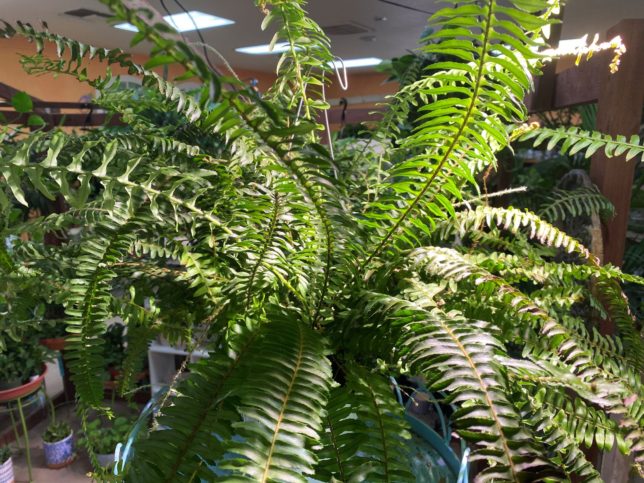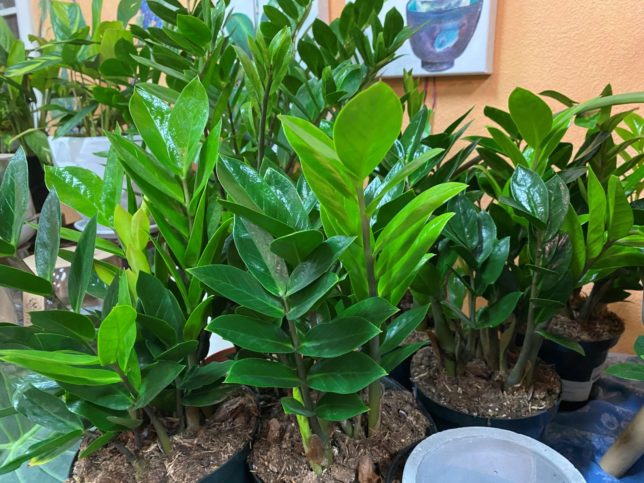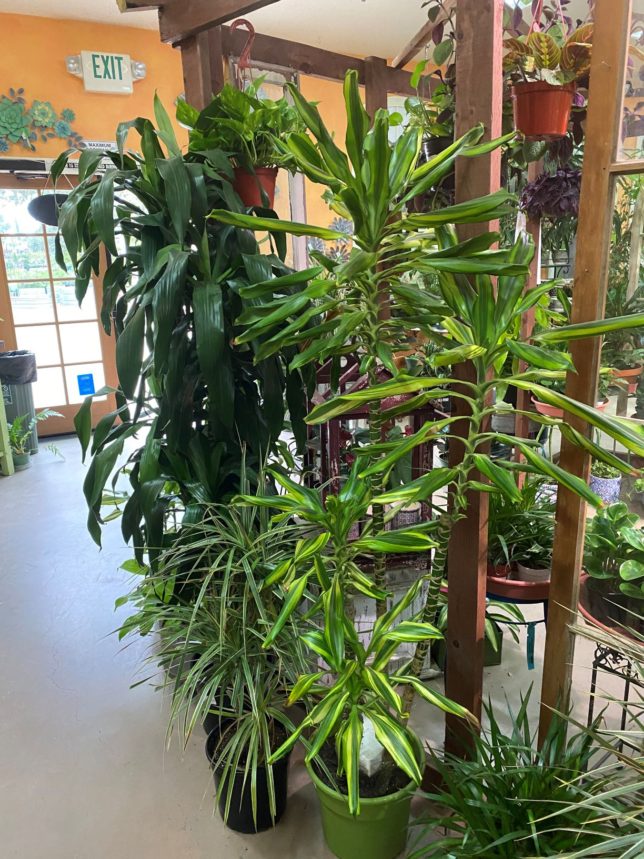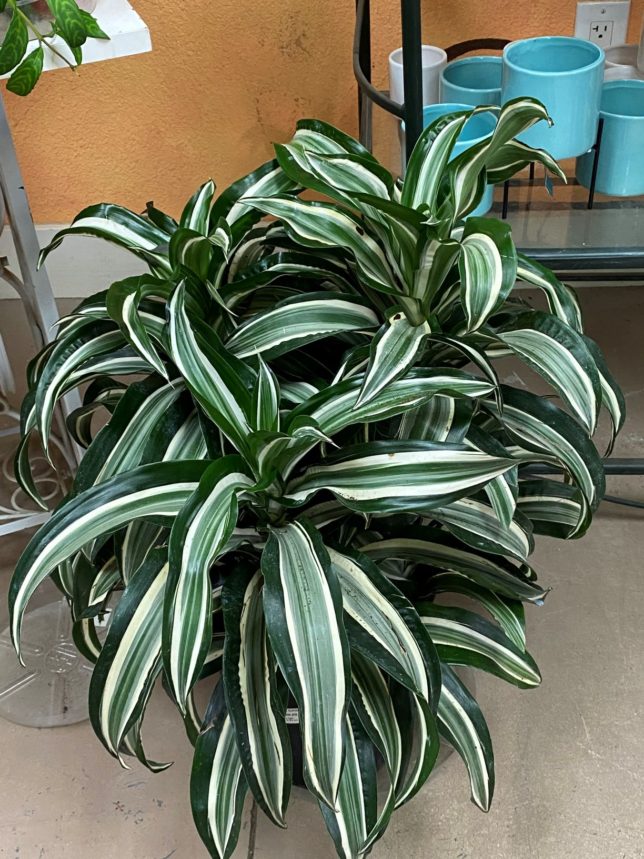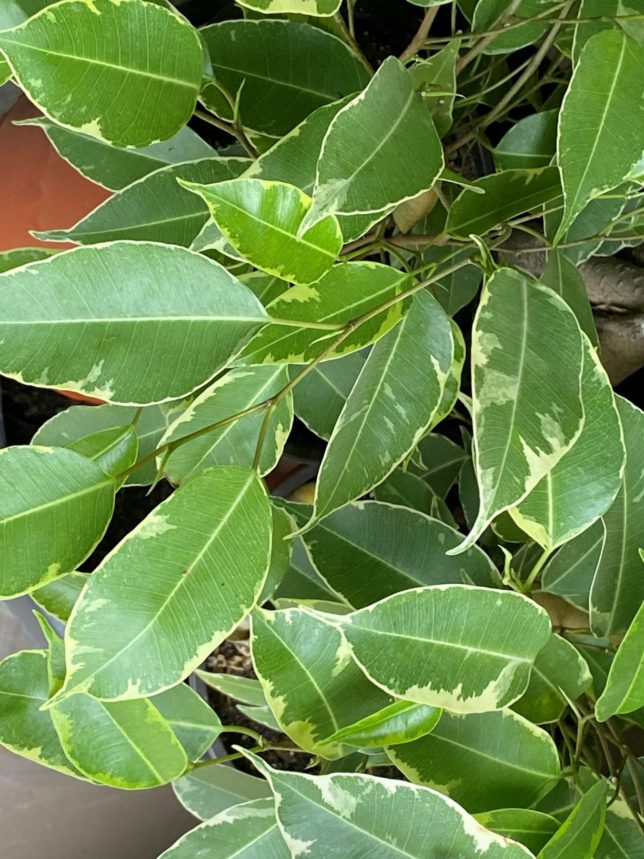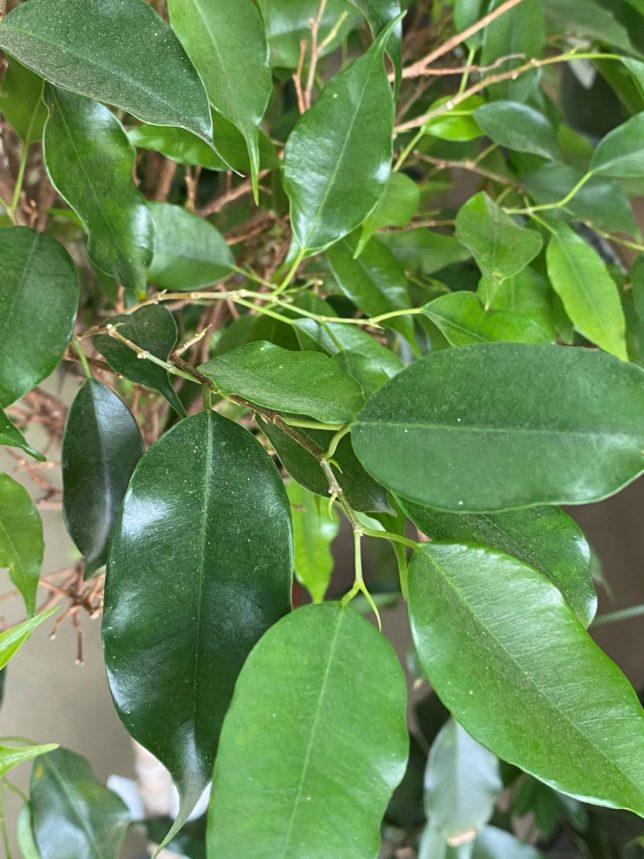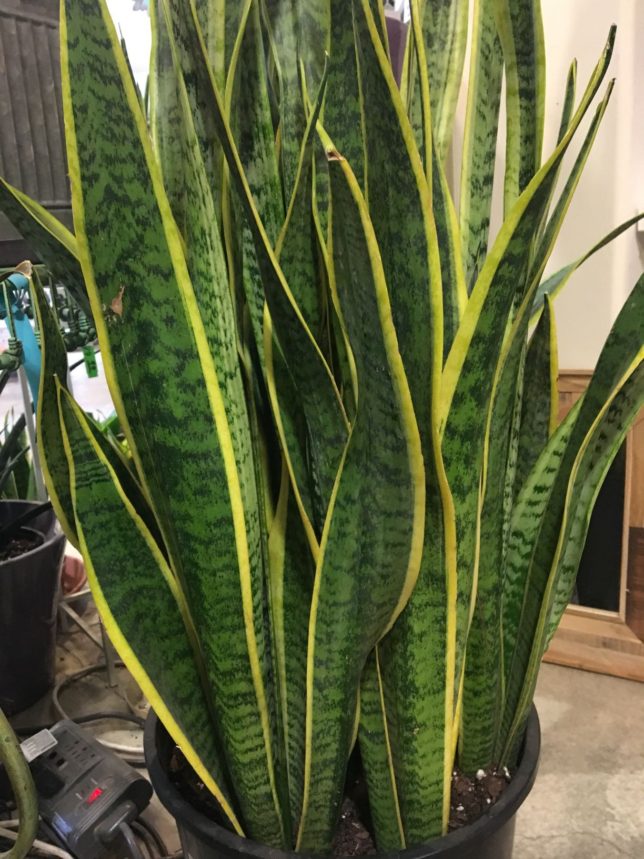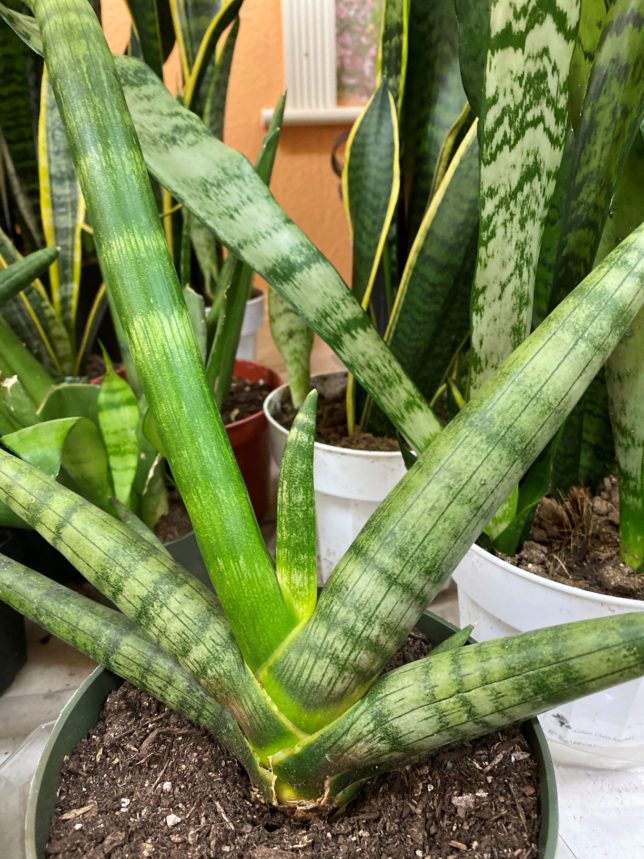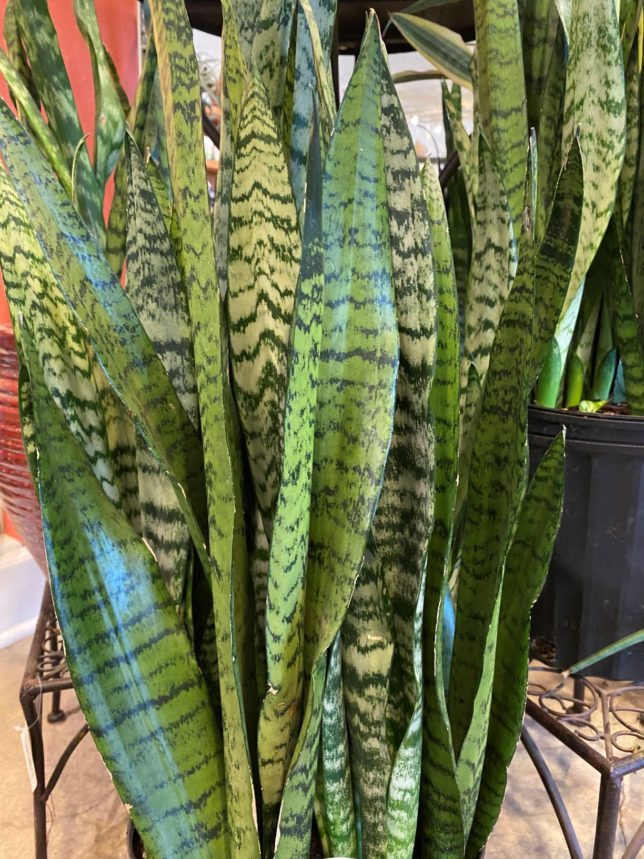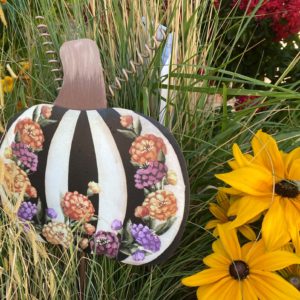Alden Lane Nursery is the perfect place to visit for your last minute gift needs. We have gifts for gardeners experienced and novice! Take a look at some interesting options.
1. Amaryllis Kit
Ready to go for the gardener and non- gardener alike. Grows easily indoors.
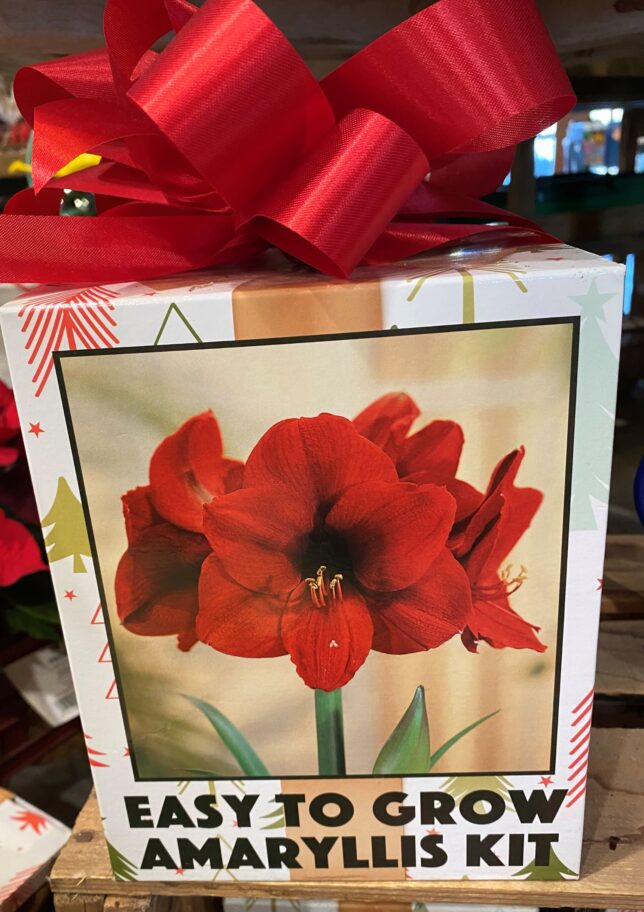
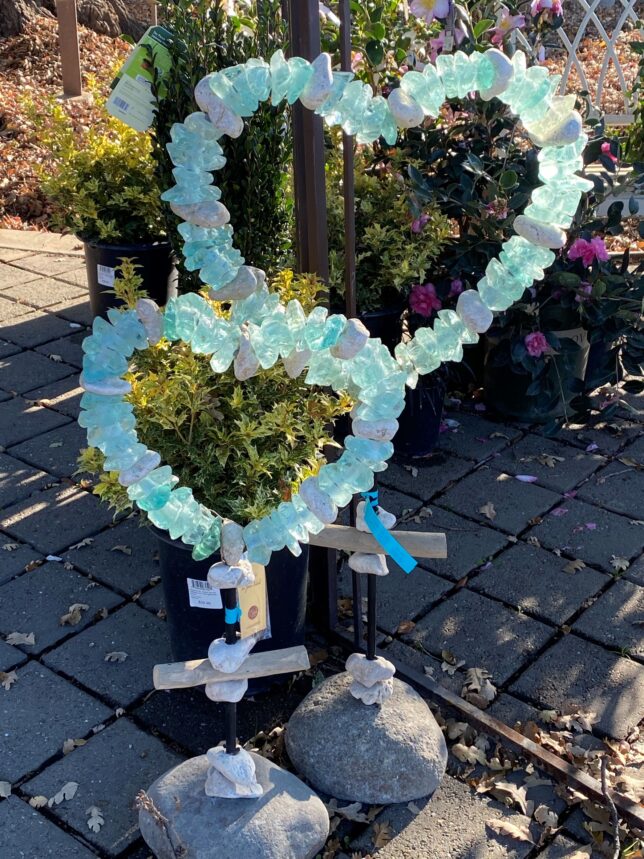
2. Seaglass & Stone Garden Art
Sometimes you need to add a little art to the yard in addition to your wonderful plant “collection”.
3. DeWit Garden Tools
These tools are handmade in Holland and last a lifetime. Some even have a handy bottle opener like the one pictured at right!
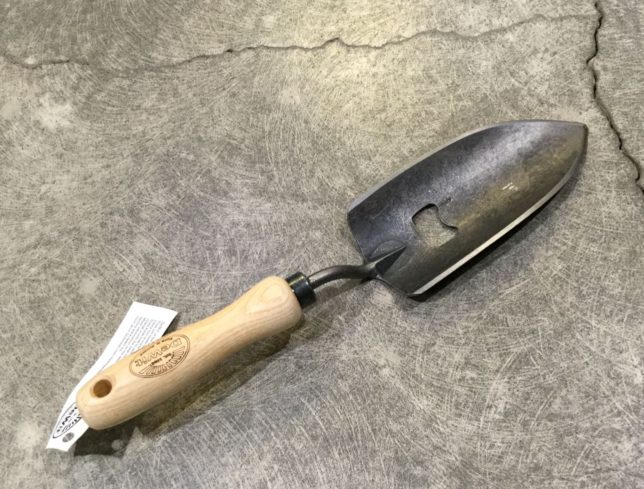
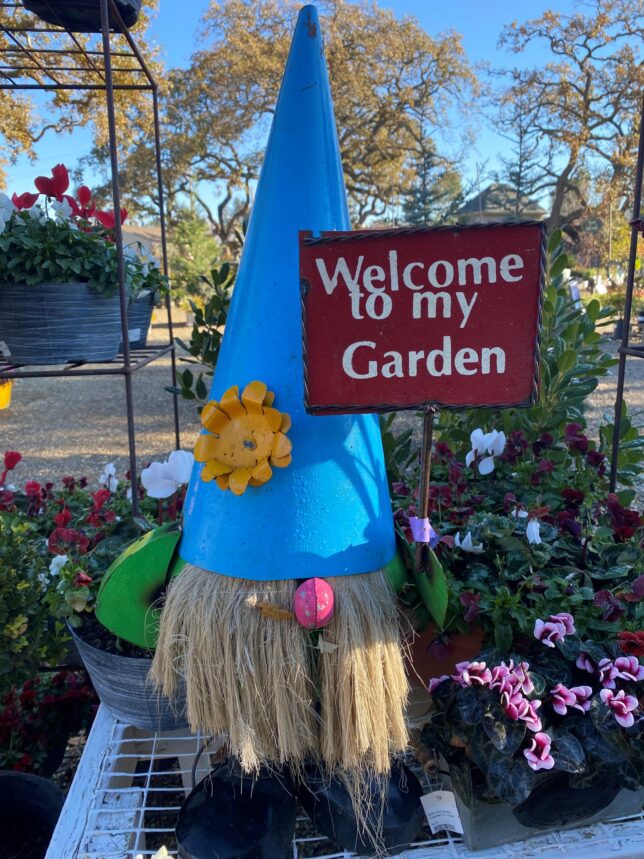
4. Garden Decor
We have fun garden sculptures if you are looking to give some “character”.
5. Fountains
We have fountains for indoors and outdoors. The sound of water is always a soothing addition.
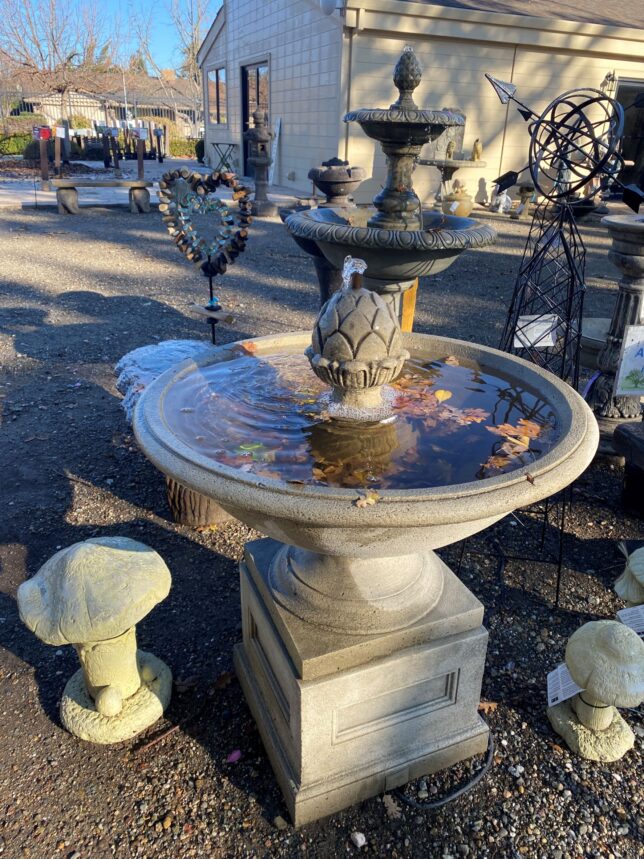
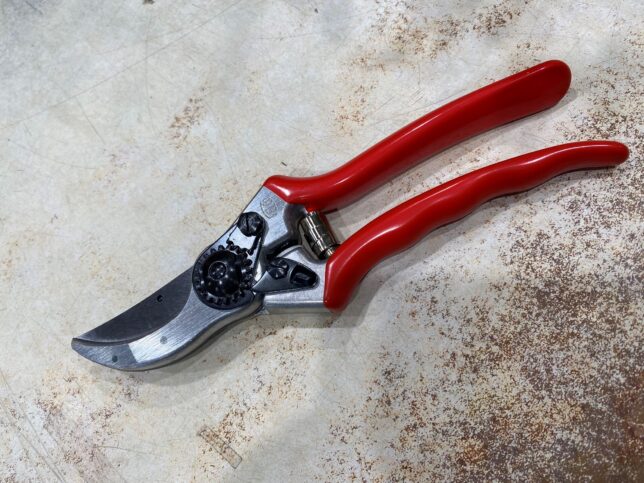
6. Felco Pruners
Felco tools feature ergonomic handles & stainless steel cutting blades. Swiss precision makes snipping & pruning a breeze!
7. Foldable Kneeler Seat
Easily flips from kneeler to padded bench. Long handles give an assist to getting off the ground.
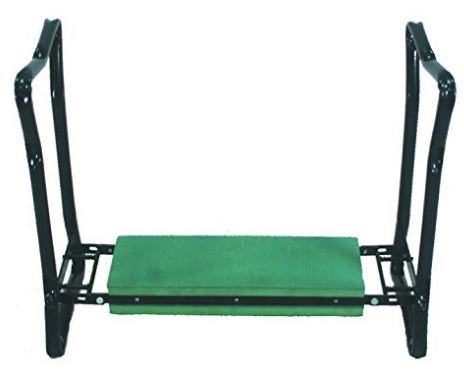
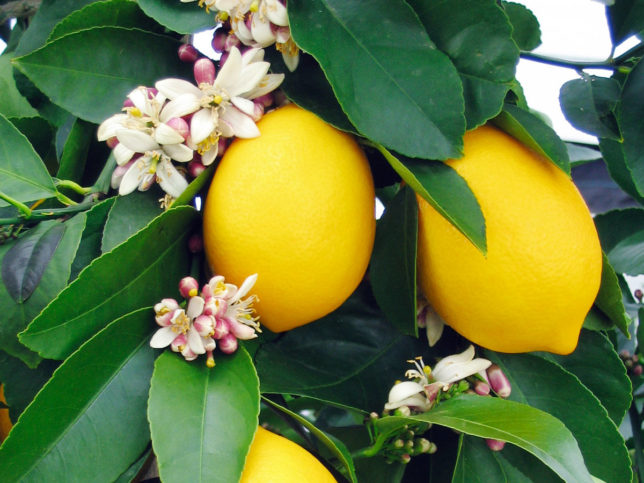
8. Meyer Lemon
There is nothing like the ability to pluck fresh citrus from your own garden. Meyer lemons are a favorite!
9. Gourmet Goodies
Enjoy now, plant later! We have a wonderful selection of gourmet jams & sauces. Maybe you will enjoy one so much, you decide to add a plant or tree to your garden, so you have your favorite fruits direct from your yard!


10. Alden Lane Gift Card
Not sure what to get? Give an Alden Lane Gift Card for a gift that is sure to please.

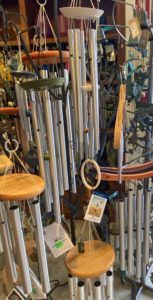 Wind Chimes – Wind chimes are a gift that can be enjoyed by everyone, but you may not think to buy yourself. Many sounds and styles available.
Wind Chimes – Wind chimes are a gift that can be enjoyed by everyone, but you may not think to buy yourself. Many sounds and styles available.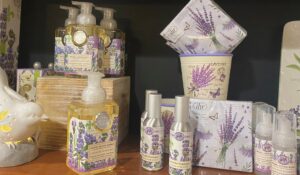
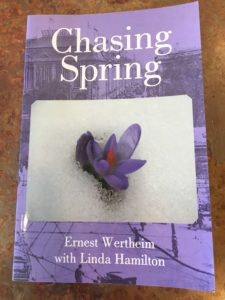

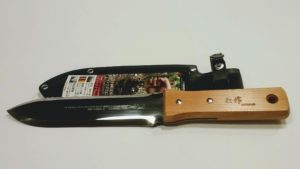

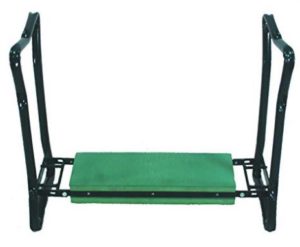
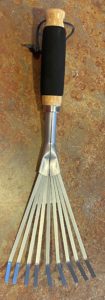
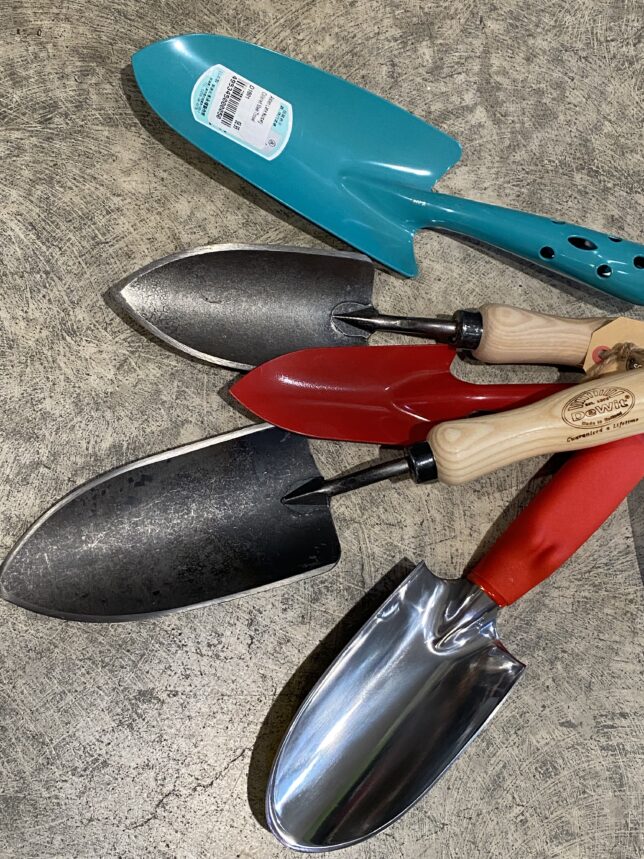
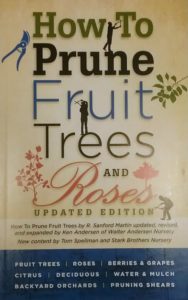
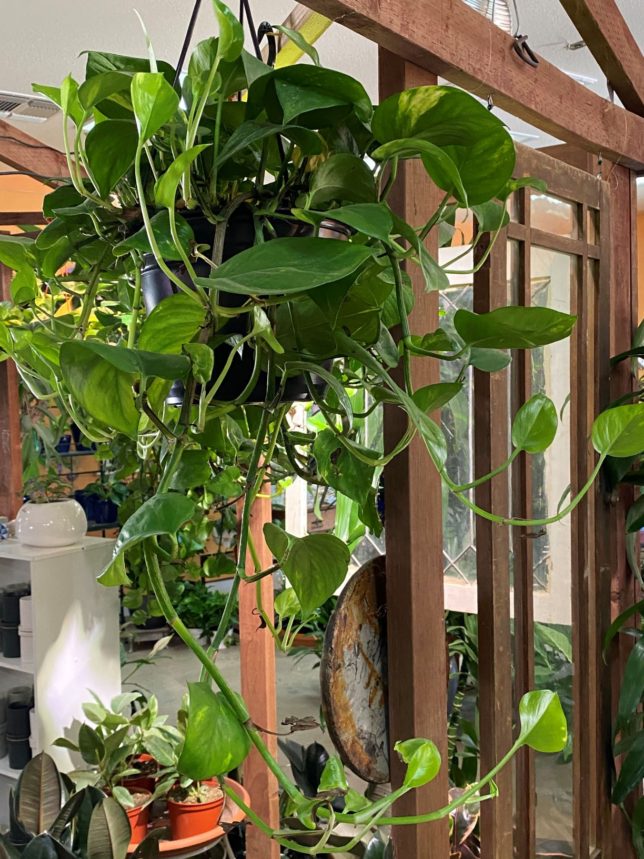
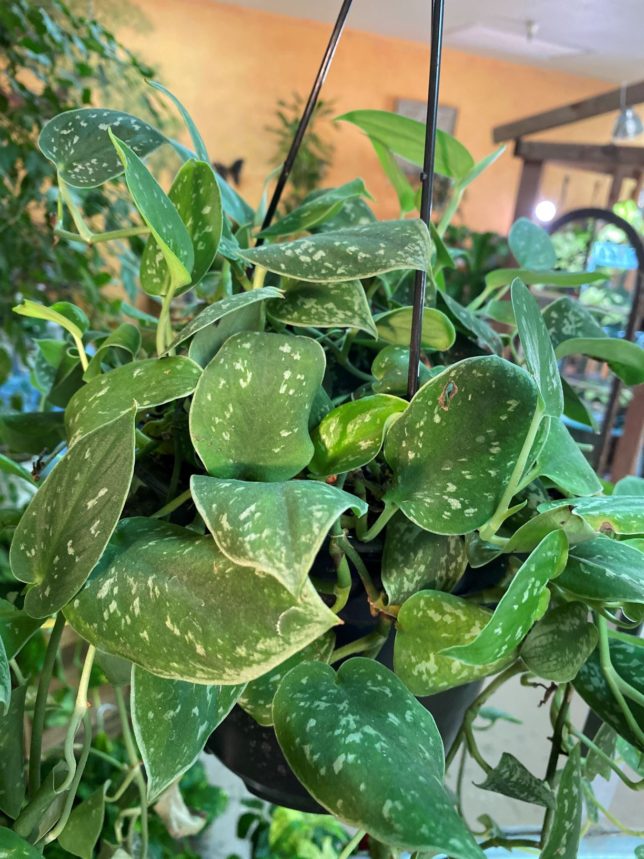
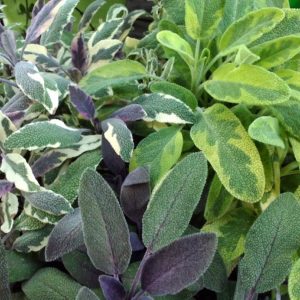 As the temperatures drop and the desire to garden remains high, cold hardy herbs can fill a need to grow something edible. Herb gardening can be enjoyed in a kitchen window, a container on the deck or out in the garden bed, and they are perfect for Thanksgiving Stuffing, winter stews, salads and more.
As the temperatures drop and the desire to garden remains high, cold hardy herbs can fill a need to grow something edible. Herb gardening can be enjoyed in a kitchen window, a container on the deck or out in the garden bed, and they are perfect for Thanksgiving Stuffing, winter stews, salads and more. 
